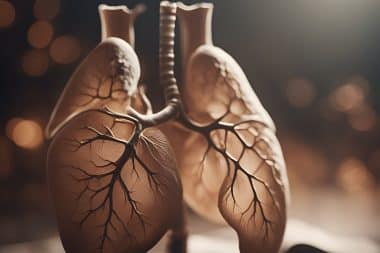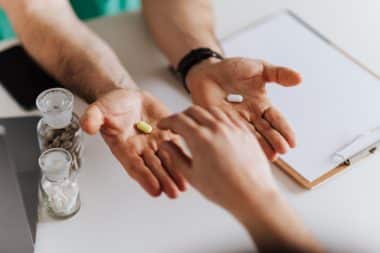Scleroderma is non contagious rare disease that involves the hardening and tightening of the skin and connective tissue. Â Scleroderma can affect the skin but in some cases can affect the blood vessels, internal organs, or digestive tract. There is no cure for scleroderma, but there are things to manage the symptoms. Â Scleroderma affects women more than men, and women between the ages of thirty and fifty is most common.
Symptoms
There are lots of different symptoms because each type of scleroderma is different and can affect people differently. Â Though doctors aren’t sure exactly what causes the disease they do know it is over production and accumulation of collagen in body tissue. Â Collagen is the main structural protein found in skin and other connective tissues. It is not certain why the extra amounts of collagen are produced, it looks like the bodies immune system plays a role in it. Â
Scleroderma mainly affects the skin, but it can affect other areas of the body as well, such as the digestive tract, and other internal organs like the heart, lungs, and kidneys. Â
When the skin is infected the skin has a hardening or tightening to it. Â It can cause movement of the affected area to become restricted. The affected area can be shaped like ovals, lines or big patches over the trunk or limbs of the body. Â The amount of patches and sizes differ between the types of scleroderma. The skin will sometime appear shiny where it is overly stretched. Since it is hard to diagnose your doctor will sometimes take a biopsy of your skin to test. Â
Your digestive tract can be affected by certain types of scleroderma. Â The symptoms are acid reflux or your body not absorbing nutrients due to intestinal muscles not moving food through your intestines properly. Â With the acid reflux you can also experience difficulty swallowing. Also you could experience bouts of constipation followed by episodes of diarrhea. Â
Internal organs such as your heart, lungs, and kidneys can be affected, which may lead to decrease function of those different organs. Â In your heart scleroderma can cause scarring of tissue. This scarring of tissue can cause irregular heartbeat, or inflammation of the membrane sac. Â Also the scarring can cause the right side of the heart to pump more, which can increase the pressure. The increase of pressure can lead to that side of the heart giving out. Â In the lungs scleroderma can also cause scarring tissue. The scarring tissue in the lungs can lead to reduced lung function and also high blood pressure. In the kidneys scleroderma can cause elevated blood pressure as well, renal crisis, and increase of proteins in urine. Â
Diagnosis
Scleroderma is hard to diagnose, types of scleroderma differ in people. Â Scleroderma where skin is affected can even differ from one person to the next. Â After a doctor’s original physical exam they may decide to do one or more other tests. Â Take blood samples to check blood for levels of antibodies. Biopsy the affected skin to sample. Â If there is a possibility of internal organs being affected doctors can do a breathing test, CT scan, or echocardiogram of the heart.
Manage Symptoms
With this being so hard to diagnose, there is no treatment either. Â But there are ways to manage the symptoms. Sometimes the skin problems will go away with time but the effect on the internal organs usually will worsen in time. Some treatment options are medications, therapy, or surgery. Â There is nothing that will stop the progression or cure scleroderma. To help prevent further complications your doctor may prescribe medications that dilate blood vessels, suppress the immune system, reduce stomach acid, prevent infections, and relieve pain. Â Physical therapy may help manage pain, improve strength, or maintain independence with daily tasks. Surgery is usually used as a last resort if the Scleroderma has progressed too far. Your doctor may want to perform amputation if gangrene has developed on any of your fingers, or a lung transplant which is usually due to if there is pulmonary hypertension. Â
If you are living with Scleroderma make sure to keep up normal daily activities. Â Make sure you speak with your doctor and stay connected with friends and family during this hard disease. Â Prepare for your appointment as best you can and your doctor will be able to help you. Consult your doctor if you think you have any of these symptoms so they can help you on the right path of treatment. Â
Collagen Not Enough or Too Much! #HealthStatus
Key Points
- 1Scleroderma is a rare disease where excess collagen is produced and accumulates in your body tissues.
- 2Skin that is tight and restricts movement is a symptom.
- 3There is no cure but this can be managed with medication, therapy or surgery.
Source: mayoclinic.org









Reply